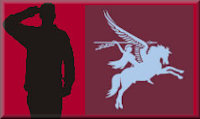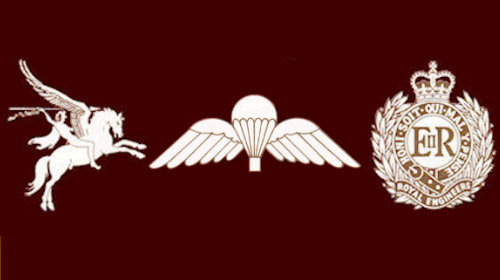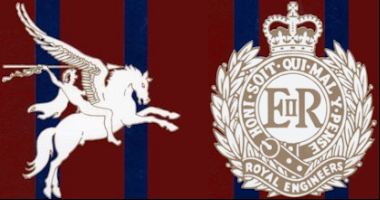
Roll of Honour

Maj (Tim) JCA Roseveare
 |
 |
Maj Tim Roseveare, who died aged 86, was awarded an immediate DSO after parachuting into Normandy on the night of the 5/6 June 1944 in advance of the main D-Day landings. He was in command of 3rd Para Sqn RE, part of 3rd Para Bde. The tasks of the brigade included the destruction of four bridges to protect the eastern flank of the Allies from German armoured forces massed close by. The most vital bridge was east of the town of Troarn. before the action, the brigade commander, Brig James Hill, warned his units, "Do not be daunted if chaos reigns - since undoubtedly it will". In the event, despite the bravery of the RAF pilots, virtually all of the brigade landed in the wrong zones.
Tim Roseveare was in the leading aircraft and after the drop found himself just after midnight five miles away for his targets.
Undaunted, he gathered such men and explosives as could be mustered and with the heavily laden party set out on the long march to their objectives.
A jeep and trailer brought in by glider and belonging to 224th Para Field Ambulance RAMC emerged from the darkness. Tim had no compunction about commandeering it, since lack of transport might make all the difference between success and failure.
Progress was slow since many of the men had been injured in the drop. Tim split the party into two. The first group was dispatched on foot to two unguarded bridges at Bures. But it was clear that without infantry protection only a "coup de main" operation would succeed against the main target, the bridge at Troarn.
Medical stores were unloaded from the trailer and replaced with explosive charges. Roseveare took the wheel of the Jeep; also on board were an officer, two NC0s, six men and half a ton of explosives. It was still dark and the Jeep ran into a barbed wire roadblock just outside Troarn. While the party was extricating it, a German soldier with a rifle on a bicycle approached and started shouting. He was quickly silenced, but the sound of shots inevitably alerted the Germans defending the town. Tim Roseveare nevertheless drove straight through the town, although top speed was only about 30 mph because of the heavy load. As they rounded the sharp bend a group of Germans was waiting and a dramatic fight ensued as the Jeep sped on with all guns blazing through a hail of fire. The Germans quickly set up a machine gun and as the sappers charged down the main street, a stream of tracer passed immediately overhead.
One of the men, Spr Peachey, acted as rear gunner on top of the explosives with his Bren gun. He maintained a steady fire, obliging the Germans to take cover. The Jeep speeded up as it careered down the steep slope of the main street. Unfortunately, Peachey was thrown off the bucking trailer, injured and subsequently captured.
When the party reached the bridge half a mile beyond the town, a "hasty" demolition was prepared and a six yard gap blown in the main span. This cut off German reinforcements and isolated their garrison in Troarn during the crucial phase of the operation.
He and his men ditched the Jeep in a nearby flooded field and swam through several water courses before taking to the woods. "Eventually", he recalled, "we came across an elderly Frenchman milking a cow. When I told him he had been liberated, he was not impressed. Perhaps he could not understand my accent. Finally we arrived at 3 Bde HQ at midday, a very bedraggled and exhausted party, having been shot at by the Germans, bombed by the RAF, shelled by the Navy and unappreciated by the French.
Tim Roseveare was awarded the DSO, three other officers of his Squadron were awarded MCs and two NCOs received the Military Medal. Despite heavy casualties, all the bridges intended for demolition had been destroyed against the odds.
After completing all of its tasks on D-Day, 3rd Para Sqn RE fought on and later undertook normal field engineering tasks. During the breakout operation on 17 August 1944, the Sqn constructed an assault bridge at Bures to replace the two bridges previously destroyed. The Squadron reached Honfleur before the whole division was recalled to England to prepare for further airborne operations.












